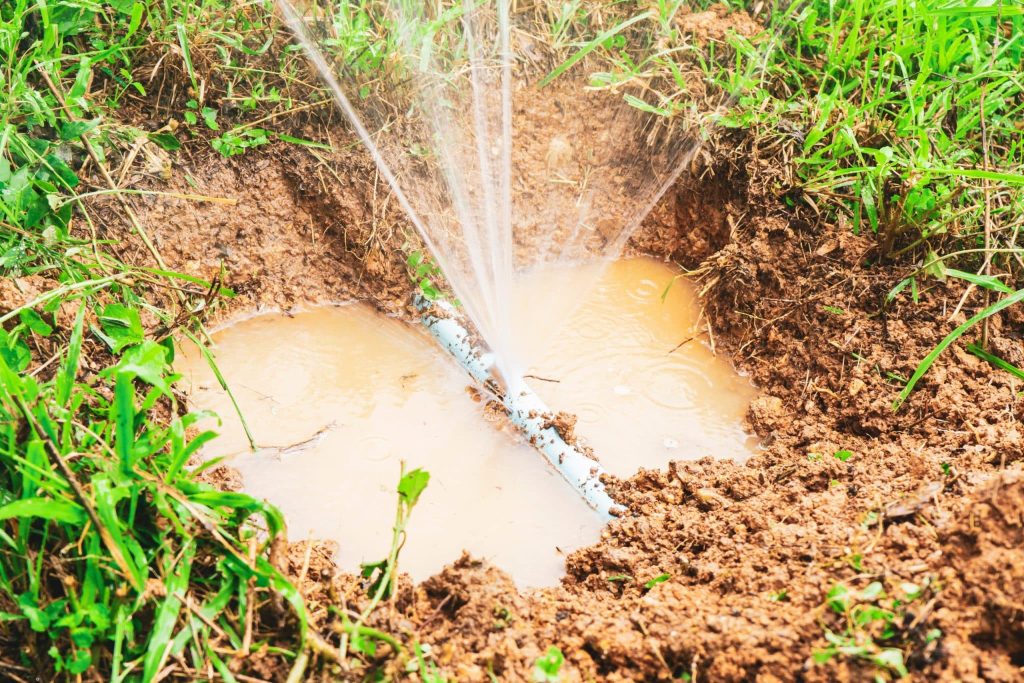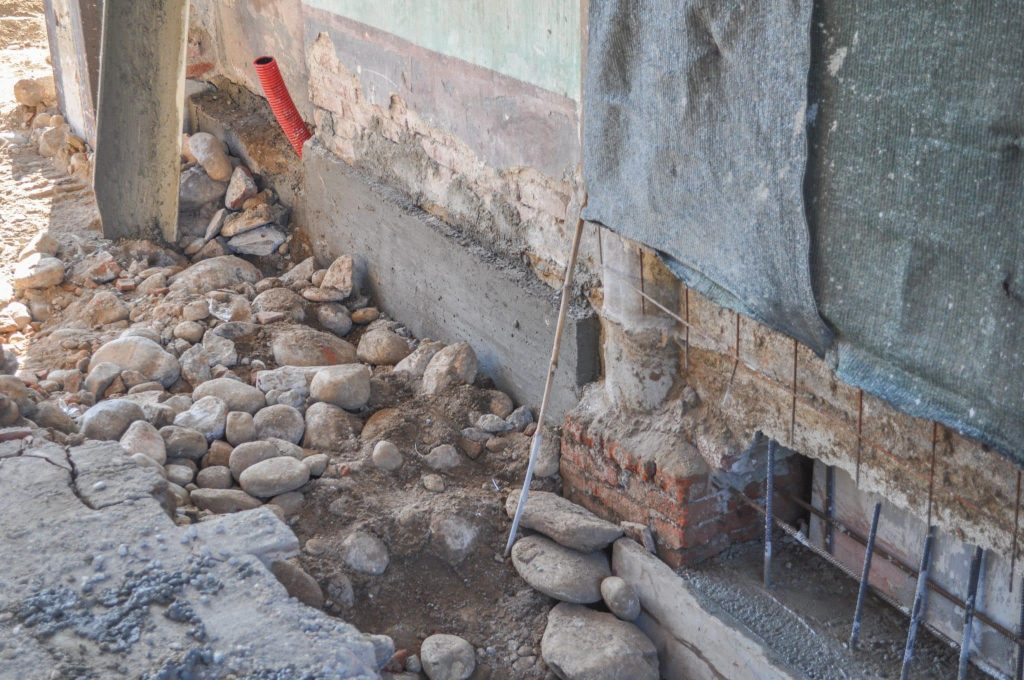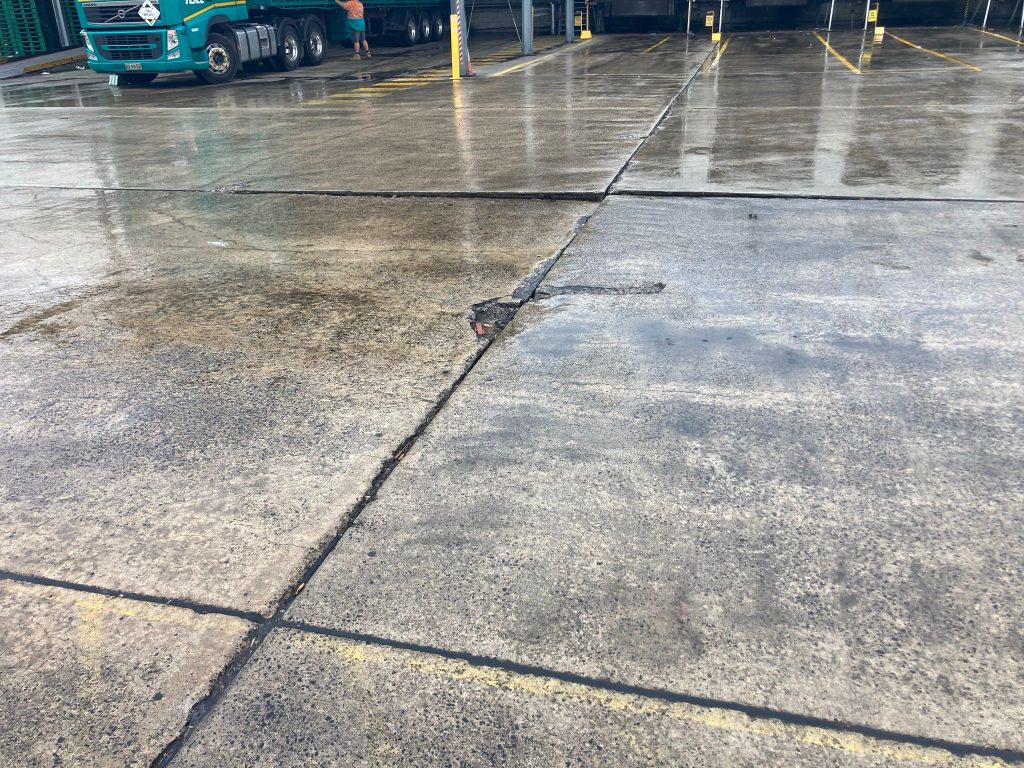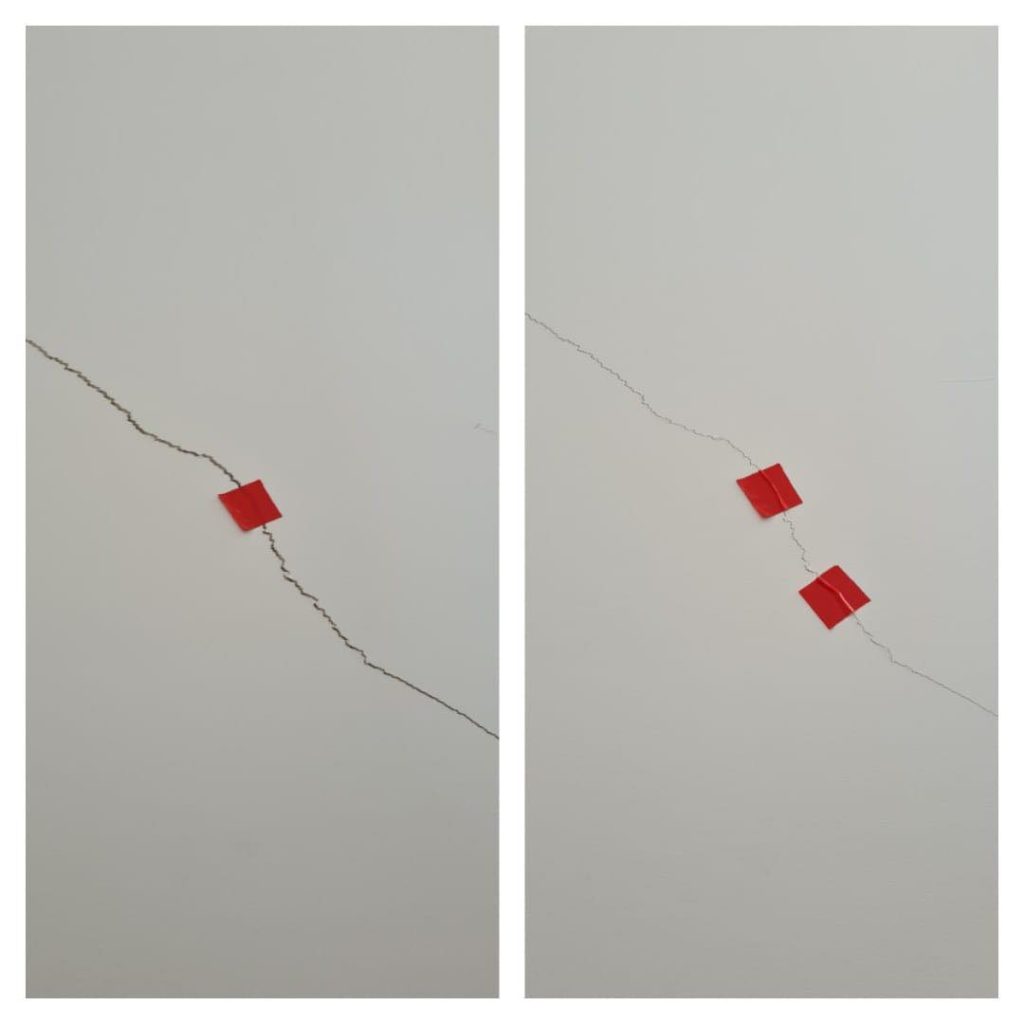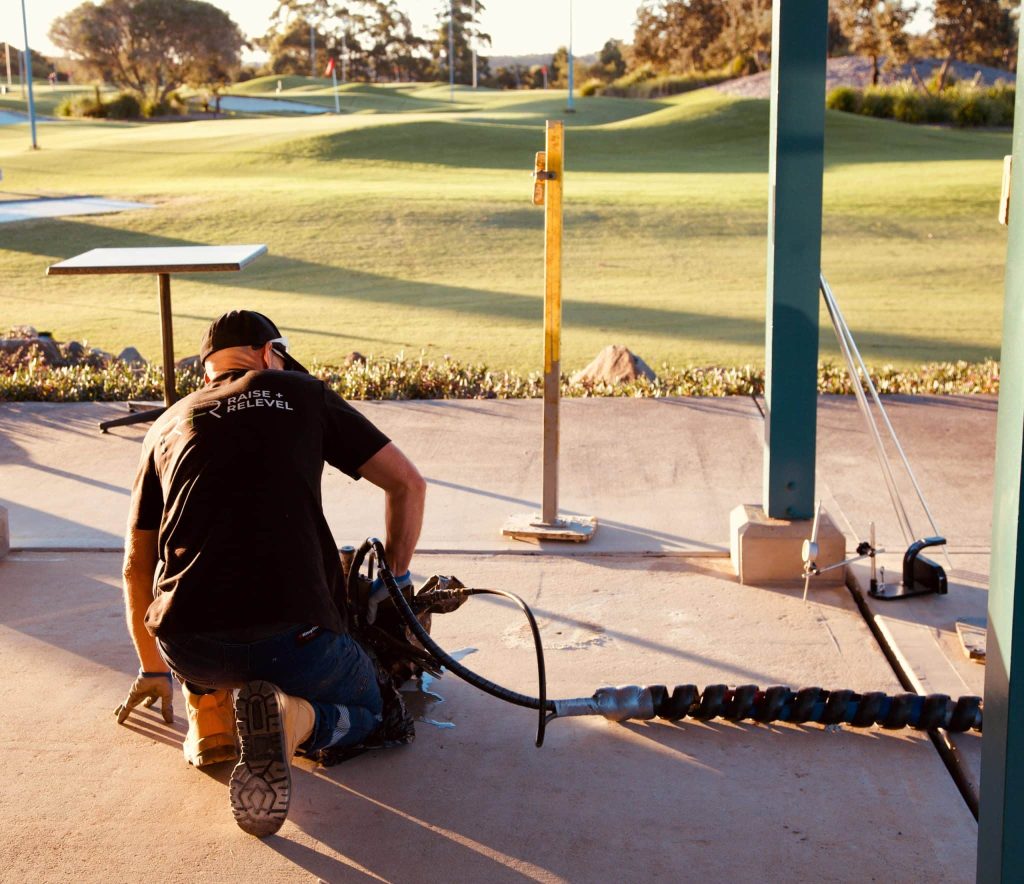Leaks can develop in the home from time to time – even the most conscientious homeowner is vulnerable. Fortunately, many of the most frequent leaks occur in locations that are reasonably simple to reach, such as beneath a sink, in the shower or the toilet. These leaks are easy to notice and may frequently be repaired using standard household plumbing tools by a skilled homeowner or professional.
However, sometimes leaks develop in harder to reach places or under the ground (sub-terranean) and affect the house foundation. These can be trickier to identify and even harder to get fixed, but once identified, they need to be repaired quickly; otherwise, they can cause permanent damage to your home.
How to identify if you have a leaking pipe
Sound – can you hear water trickling? You should not hear flowing water if no tap or other water fixture operates. Listen for the sound of running water the next time your house is entirely silent, and double-check that no one is running any water if you hear something. If there is no obvious sound source, an underground (sub-terranean) leak might affect the building foundations. These types of leaks are also referred to as foundation leaks.
Bills – your water bill is much higher than usual. If your water utility bill starts to rise above its average level, it’s often a sign of a plumbing problem. Check any exposed pipes beneath your sinks, taps, and toilets to see if they could be the cause. If your water costs are particularly high, your home may be leaking a lot of water, which might signify a sub-terranean leak that can affect the stability of the foundations.
Mould or mildew – even the cleanest homes might have a little mould and mildew in the shower. However, if you notice them outside the bathroom, you may have a pipe leak. Mould or mildew throughout the house can be caused by a foundation becoming soaked through because of a leak. That saturation can seep into your home’s flooring over time, causing your floors to rot and carpet to mould. If any of your floorings begin to smell musty, you should call a plumber straight once. Mould is a considerable health danger and can be another sign of a sub-terranean leak and needs to be repaired straight away and the carpet replaced.
Wet spots outside when it hasn’t rained – if you come across wet spots around the edge of your house and it hasn’t rained recently, this could be another sign of a sub-terranean/foundation leak. Also, if you see particularly strong/fast plant growth, this can indicate a water source that may be leaking nearby.
Cracks – Sub-terranean leaks can harm your home’s foundation and cause cracking. Any new cracks in the exterior or interior of your home or any growth of existing gaps (e.g. between the floor and skirting boards) need to be addressed by a professional straight away. Sub-terranean leaks affecting foundations and cracking the walls or floors of a house mean the slab has been compromised and will eventually start to sink (subside), affecting doors, walls, windows, and your home’s value, with costly repairs to follow.
Water Pressure – a decrease in water pressure can indicate a leak. If you’ve been having trouble getting enough water out of your faucet or have had some unsatisfactory showers, it’s time to check for a leak. Although a decline in your home’s water pressure isn’t always indicative of a leak, it is worth getting checked by a professional.
Types of pipe systems that can leak and how to tell which one might be the culprit
There are two types of water systems within your home, and each of them can leak into the foundation and cause issues. It is often possible to quickly tell which method is the cause of the leak, making identifying the cause and how to repair it easier.
The first system is the supply water system that distributes water to your home through the taps and showers, both inside and outside.
The easiest way to tell if there is a leak with your supply water system is through an increase in water bill or water meter reading or a decrease in water pressure within the home. If either of these are your primary reason for suspecting a foundation leak, it is almost certainly going to be a leak with the supply system for your home.
The second system is the drainage system which removes wastewater from your home. There are two drainage systems: stormwater drain systems, which collect rain and runoff water and remove it from your property, and black/grey water, sewerage and shower/washing machine collection and runoff systems.
For stormwater drain systems leaks, robust plant growth in damp areas around the house, depressions in the ground, cracks forming or growing in walls, footpaths or driveways are all clues that indicate that the issue is stormwater foundation leak.
The signs are similar for black/grey water leaks, but a strong odour or evidence of toilet paper or other waste can also accompany any wet spots or mould found.
What causes foundation leaks
There are a few causes of leaks in foundations, including general aging of the home and pipe systems. As time passes, the ground shifts, which can displace pipe joints. Accompanying ground shifting, some pipework can rust or deteriorate over time, and the joint where two pipes have been glued or soldered can also fail with time. The other cause apart from subsidence or time is tree roots. If the pipes in your water systems have any microscopic fractures or gaps caused by aging pipes or ground movement, fine tree roots can infiltrate the fissures hunting for moisture.
Once inside, these roots grow, breaking pipes or clogging water systems, resulting in foundation leaks.
How to prevent foundation leaks
Preventing the problem in the first place is the best option, which you can do with regular maintenance and pressure testing of the water system. This can involve getting camera inspections every few years, where a camera is placed on a flexible tube and pushed through your home’s water systems. This can detect more minor cracks and tree root issues in advance and allow you to fix them before they destabilise your foundation. This can also be accompanied by high-pressure cleaning of pipe systems to keep them clear of dirt and roots.
Another critical aspect of pipe maintenance is minimising tree root growth around the house, ensuring that if any larger trees are growing close to your home you monitor where the root system seems to be growing and curb any that look to be potentially dangerous.
What to do if you suspect a foundation leak?
Firstly, it is essential to determine the cause and actual location of the leak. Rushing to fix the symptoms of a foundation leak without first evaluating the extent can be a very costly mistake.
If you determine you have a sub-terranean / foundation leak, you should contact your insurance provider as you may be able to make an insurance claim for the repairs.
Once the pipework has been repaired, any subsequent damage to your home’s foundation needs to be assessed and addressed.
If your foundation has become unstable, then one of the most effective solutions is to use polyurethane resin injection, which can displace the water and repair/improve the bearing capacity of the foundation.
If you also are suffering from the foundation itself sinking, resin injection can also be used to raise and relevel footings and slabs.
Resin injection also doesn’t need to be done purely into concrete slabs. If the leaking pipe has caused the ground to become weaker and caused dips and hills in the land surrounding your house or under the driveway, resin injection can compact the ground and re-support and relevel the foundation (ground).
If you do suspect that there is a problem with a foundation leak, or you want to ensure that it is addressed quickly, then contact one of the Ground Surgeon specialists at www.raiseandrelevel.com or on 1300 053 835

